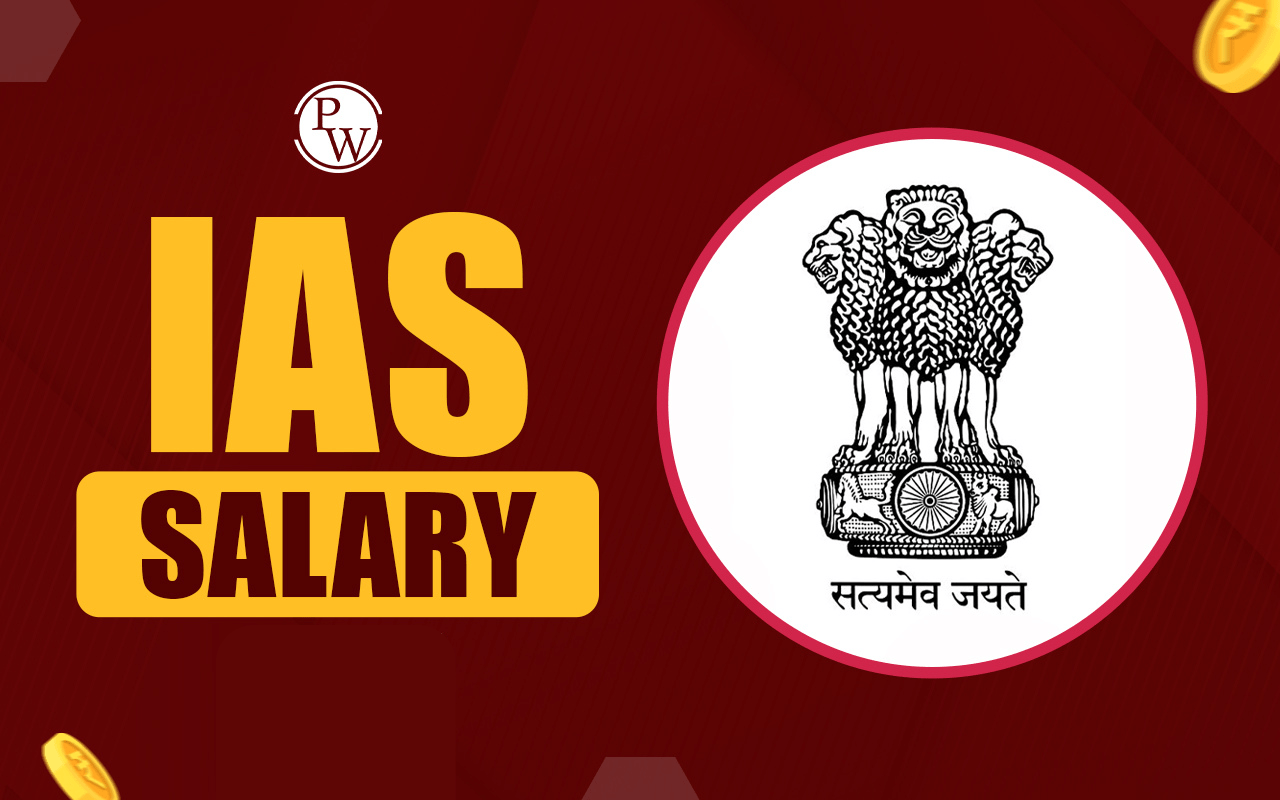
UPSC History Syllabus 2025 is the study of past events , societies , and cultures , encompassing the examination and interpretation of written records , artefacts , and oral traditions . It seeks to understand human actions and their consequences over time, providing insights into the development of civilizations and the shaping of the present world.
History remains a perennially popular choice , ensuring consistent performance and appeal. Acquiring knowledge in History contributes significantly to personality development and proves beneficial during the Personality Test as well. In this article we will have a look at the Syllabus , Books , Exam Pattern and Question Paper of History Optional subject for UPSC Mains.UPSC History Optional Syllabus 2025
The table below contains the syllabus of History Optional Paper I:UPSC History Optional Syllabus For Paper I
| Topic | Subtopics |
| 1. Sources |
|
| 2. Pre-history and Proto-history |
|
| 3. Indus Valley Civilization |
|
| 4. Megalithic Cultures |
|
| 5. Aryans and Vedic Period |
|
| 6. Period of Mahajanapadas |
|
| 7. Mauryan Empire |
|
| 8. Post-Mauryan Period |
|
| 9. Early State and Society in Eastern India, Deccan, and South India |
|
| 10. Guptas, Vakatakas, and Vardhanas |
|
| 11. Regional States during Gupta Era |
|
| 12. Themes in Early Indian Cultural History |
|
| 13. Early Medieval India, 750-1200 |
|
| 14. Cultural Traditions in India, 750-1200 |
|
| 15. The Thirteenth Century |
|
| 16. The Fourteenth Century |
|
| 17. Society, Culture, and Economy in the Thirteenth and Fourteenth Centuries |
|
| 18. The Fifteenth and Early Sixteenth Century |
|
| 19. The Fifteenth and Early Sixteenth Century- Society and culture: |
|
| 20. Akbar |
|
| 21. Mughal Empire in the Seventeenth Century |
|
| 22. Economy and society, in the 16th and 17th Centuries |
|
| 23. Culture during Mughal Empire |
|
| 24. The Eighteenth Century |
|
UPSC History Optional Syllabus For Paper II
The table below contains the UPSC Syllabus of History Optional Paper II:| Topic | Subtopics |
| 1. European Penetration into India |
|
| 2. British Expansion in India |
|
| 3. Early Structure of the British Raj |
|
| 4. Economic Impact of British Colonial Rule |
|
| 5. Social and Cultural Developments |
|
| 6. Social and Religious Reform Movements in Bengal and Other Areas |
|
| 7. Indian Response to British Rule |
|
| 8. Factors leading to the birth of Indian Nationalism |
|
| 9. Rise of Gandhi |
|
| 10. Constitutional Developments in the Colonial India between 1858 and 1935 |
|
| 11. Other strands in the National Movement |
|
| 12. Politics of Separatism |
|
| 13. Consolidation as a Nation |
|
| 14. Caste and Ethnicity after 1947 |
|
| 15. Economic development and political change |
|
| 16. Enlightenment and Modern ideas |
|
| 17. Origins of Modern Politics |
|
| 18. Industrialization |
|
| 19. Nation-State System |
|
| 20. Imperialism and Colonialism |
|
| 21. Revolution and Counter-Revolution |
|
| 22. World Wars |
|
| 23. The World after World War II |
|
| 24. Liberation from Colonial Rule |
|
| 25. Decolonization and Underdevelopment |
|
| 26. Unification of Europe |
|
| 27. Disintegration of Soviet Union and the Rise of the Unipolar World |
|
UPSC History Optional Exam Pattern 2025
The UPSC exam pattern of History Optional is as follows:- The UPSC main exam is divided into two papers i.e. Paper-1 and Paper-2.
- Both Paper I and Paper II carry 250 marks each, making the total of 500 marks for the History optional papers.
- In both Paper I and Paper II of History Optional candidates have to attempt FIVE questions in all. THREE hours are allotted to attempt each paper.
- Question Number 1 and Question Number 5 from both papers are compulsory to attempt and out of the remaining questions, THREE are to be attempted choosing at least ONE question from each Section.
| History Optional Exam Pattern | |
| Particular | Details |
| Total Papers | Two, Paper I and Paper II |
| Total Marks | 500 (250 Each) |
| Time allowed | 3 Hours for each paper |
| Sections | Section A and Section B |
| Questions | Total 8 questions with subparts |
| Compulsory Question | Question No. 1 and 5 |
| Marks Distribution | 10, 15, and 20 marker questions |
Recommended History Optional Books for UPSC Mains Exam
History stands out among the various optional subjects for the UPSC IAS Exam , offering a captivating exploration of our past. Laden with insights into culture and tradition, it holds significant relevance in both the IAS Prelims and UPSC Mains examinations. Let us have a look at the List of History Optional Books for UPSC Mains Exam:1. Ancient History books for History Optional
|
R.S Sharma |
|
Upinder Singh |
|
Romila Thapar |
|
Romila Thapar |
|
A. L. Basham |
2. Mediaeval History books for History Optional
The table below contains the list of books for Mediaeval History for History Optional:| Book Title | Author |
|
K.A. Nilkantha Sastri |
|
Irfan Habib |
|
Romila Thapar |
|
J.F. Richards |
|
R.S. Sharma |
|
S.A.A. Rizvi |
|
R.S. Sharma |
|
H.C. Verma |
|
Satish Chandra |
|
Satish Chandra |
3. Modern History Books for History Optional
The table below contains the list of books for Modern History for History Optional:| Book Title | Author |
|
Suhash Chakravarty |
|
D.N. Dhanagare |
|
Bipan Chandra & others |
|
Suhash Chakravarty |
|
B.R. Nanda |
|
|
|
Judith Brown |
|
Pravin Kumar |
|
Bipan Chandra |
|
Pravin Kumar |
|
Sumit Sarkar |
|
Pravin Kumar |
|
Bipan Chandra |
|
Pravin Kumar |
4. World History Books for History Optional
The table below contains the list of books for World History for History Optional:| World History Books for History Optional | |
| Book Title | Author |
|
E.J. Hobsbawm |
|
E.J. Hobsbawm |
|
E.J. Hobsbawm |
|
Arjun Dev |
|
W.C. Craig |
|
James Joll |
|
David Thompson |
|
E.J. Hobsbawm |
|
B.J. Moore |
|
Arjun Dev |
History Optional Question Paper
The table contains the list of UPSC History Optional Papers I and II of Previous years:| History Optional Paper 2023 | |
| History Optional Paper I | History Optional Paper II |
| History Optional Paper 2022 | |
| History Optional Paper I | History Optional Paper II |
| History Optional Paper 2021 | |
| History Optional Paper I | History Optional Paper II |
| History Optional Paper 2020 | |
| History Optional Paper I | History Optional Paper II |
How to Prepare For UPSC History Optional Syllabus?
Preparing for the UPSC (Union Public Service Commission) History Optional syllabus requires a structured approach and thorough understanding of the topics outlined. Here's a step-by-step guide on how to prepare for the UPSC History Optional syllabus:- Understand the Syllabus : The first step is to thoroughly understand the History Optional syllabus prescribed by UPSC. It typically covers ancient, mediaeval, and modern Indian history, as well as world history. Make sure you have a clear understanding of the topics and sub-topics mentioned in the syllabus.
- Collect Study Material: Gather all the relevant study material including textbooks, reference books, class notes, and online resources. Some recommended books for UPSC History Optional include books by Bipin Chandra, Satish Chandra, R.S. Sharma, Romila Thapar, and others. Make sure to refer to authentic sources and standard textbooks.
- Create a Study Plan: Develop a study plan that covers all the topics mentioned in the syllabus. Allocate specific time slots for each topic and ensure that you cover the entire syllabus within the stipulated time frame. Also, include regular revisions in your study plan.
- Take Notes: While studying, make concise notes of important concepts, events, dates, and personalities. These notes will serve as quick revision material during the final stages of preparation.
- Practice Answer Writing: Answer writing practice is crucial for scoring well in the UPSC History Optional exam. Practice writing answers to previous years' question papers as well as mock tests. Pay attention to structuring your answers, presenting arguments logically, and providing relevant examples.
- Refer to Additional Resources: Apart from standard textbooks, make use of additional resources such as scholarly articles, documentaries, and online lectures to enhance your understanding of historical events and perspectives.
- Stay Updated: Keep yourself updated with recent developments in the field of history, especially with regard to new research findings and interpretations. This will help you provide a fresh perspective in your answers.
History Optional Toppers in UPSC Mains Exam
The table below contains the name and marks of previous toppers having History Optional Subject in their UPSC Mains Exam:| Name (Year) | History Optional (Paper I + Paper II) (500 Marks) | History Paper I (250 Marks) | History Paper II (250 Marks) |
| Shruti Sharma (2021) | 306 | 150 | 156 |
| Rajat Ravindra Ubhaykar (2020) | 301 | 151 | 150 |
| Nidhi Siwach (2018) | 290 | 150 | 140 |
| Chitra Mishra (2018) | 300 | 139 | 161 |
| Aparajita Singh (2017) | 287 | 138 | 149 |
| Ishwar Kumar Kandoo (2017) | 316 | 160 | 156 |
| Hardeep Singh (2015) | 257 | 107 | 140 |
History Optional Success Rate in UPSC Mains Exam
The table below contains the list of Success rate of Candidates with History Optional in the previous years:| Year | No. of candidates appeared | Candidates Cleared (Success Rate) |
| 2019 | 751 | 51 (6.8%) |
| 2018 | 848 | 52 (6.1%) |
| 2017 | 1074 | 59 (5.5%) |
| 2015 | 1821 | 102 (5.6%) |
| 2014 | 1560 | 102 (6.5%) |
| 2013 | 1303 | 100 (7.7%) |
| 2012 | 2090 | 174 (8.3%) |
UPSC History Syllabus FAQs
Is history a good optional?
Studying history as an elective can significantly enhance your understanding of the GS papers. Additionally, learning about events such as the industrial revolution and the post-World War II era will provide valuable insights into topics spanning economics, political science, and international relations.
Is history low scoring optional?
When compared to technical subjects such as Science and Mathematics, History typically doesn't rank as highly in terms of academic performance. This is largely due to its extensive syllabus, which requires memorizing a multitude of past events, along with associated dates and names.
Which is the easiest optional subject for IAS?
The Philosophy course offered as an optional subject in UPSC exams has the smallest syllabus among all the available options. Similarly, subjects like Anthropology, Sociology, Botany and Public Administration are also known for having comparatively less extensive syllabi compared to others.
What are the disadvantages of history optional?
The vast and varied nature of history poses challenges in adequately addressing all pertinent subjects within constrained timeframes. It's commonly believed that candidates possessing strong writing abilities tend to excel in the history optional exam.
Which is the toughest optional in UPSC?
Some optional subjects are often considered challenging due to their intricate concepts and vast syllabi. Subjects such as Mathematics, Economics, Geography, and Law are seen as tougher because they are complex,dynamic, and need a lot of in-depth understanding.
Talk to a counsellorHave doubts? Our support team will be happy to assist you!

Check out these Related Articles
Free Learning Resources
PW Books
Notes (Class 10-12)
PW Study Materials
Notes (Class 6-9)
Ncert Solutions
Govt Exams
Class 6th to 12th Online Courses
Govt Job Exams Courses
UPSC Coaching
Defence Exam Coaching
Gate Exam Coaching
Other Exams
Know about Physics Wallah
Physics Wallah is an Indian edtech platform that provides accessible & comprehensive learning experiences to students from Class 6th to postgraduate level. We also provide extensive NCERT solutions, sample paper, NEET, JEE Mains, BITSAT previous year papers & more such resources to students. Physics Wallah also caters to over 3.5 million registered students and over 78 lakh+ Youtube subscribers with 4.8 rating on its app.
We Stand Out because
We provide students with intensive courses with India’s qualified & experienced faculties & mentors. PW strives to make the learning experience comprehensive and accessible for students of all sections of society. We believe in empowering every single student who couldn't dream of a good career in engineering and medical field earlier.
Our Key Focus Areas
Physics Wallah's main focus is to make the learning experience as economical as possible for all students. With our affordable courses like Lakshya, Udaan and Arjuna and many others, we have been able to provide a platform for lakhs of aspirants. From providing Chemistry, Maths, Physics formula to giving e-books of eminent authors like RD Sharma, RS Aggarwal and Lakhmir Singh, PW focuses on every single student's need for preparation.
What Makes Us Different
Physics Wallah strives to develop a comprehensive pedagogical structure for students, where they get a state-of-the-art learning experience with study material and resources. Apart from catering students preparing for JEE Mains and NEET, PW also provides study material for each state board like Uttar Pradesh, Bihar, and others
Copyright © 2025 Physicswallah Limited All rights reserved.
Get App






